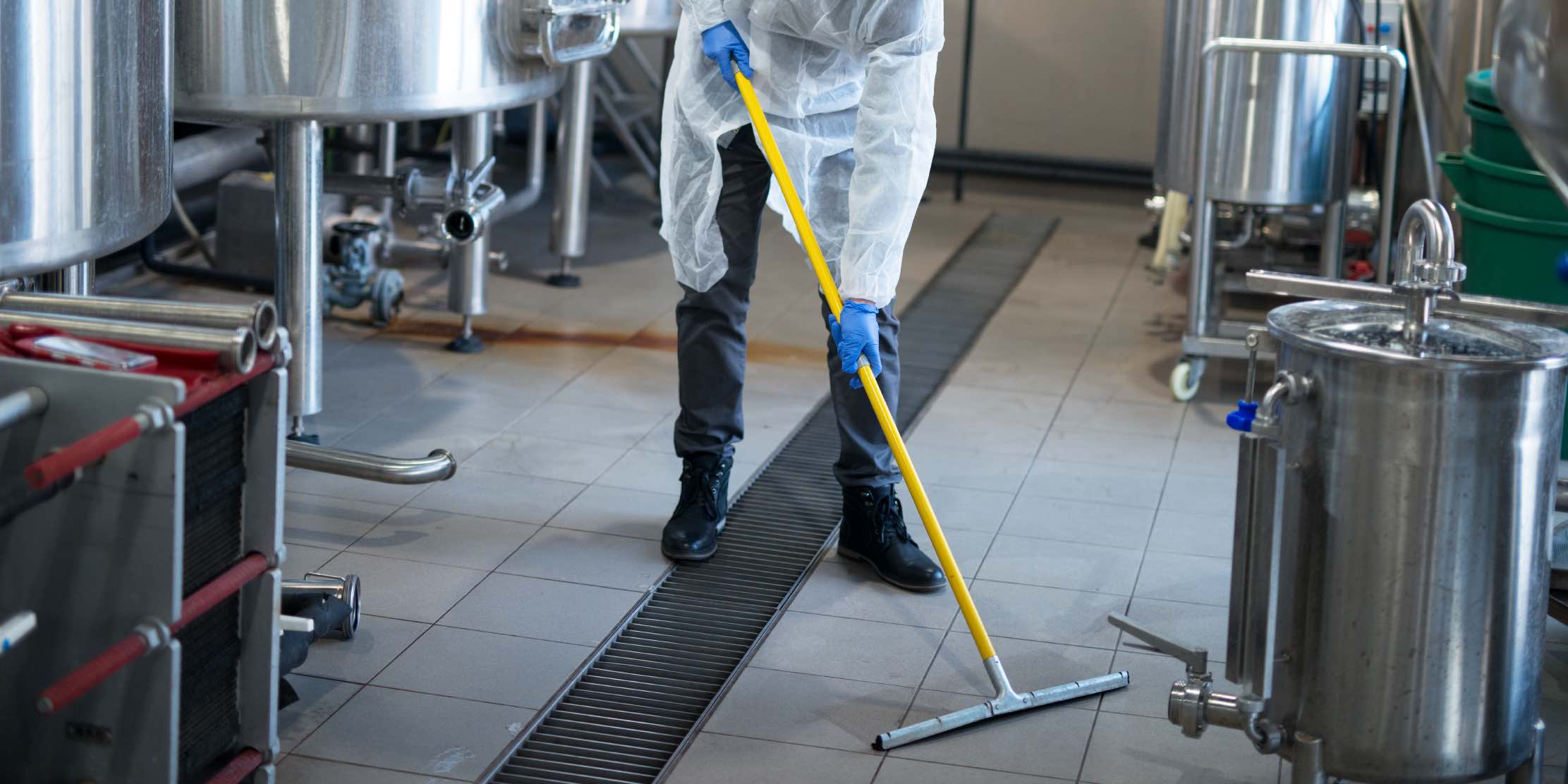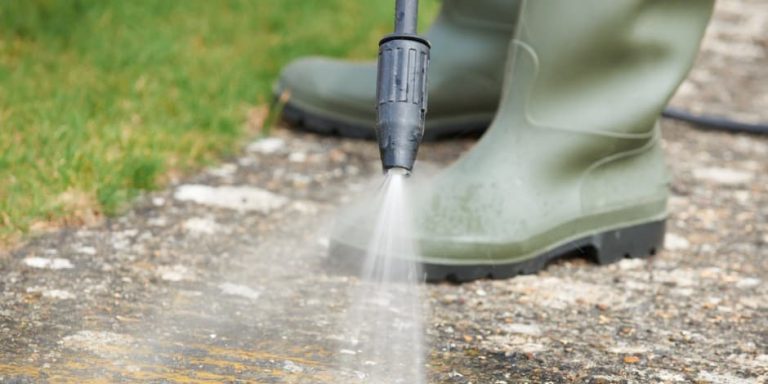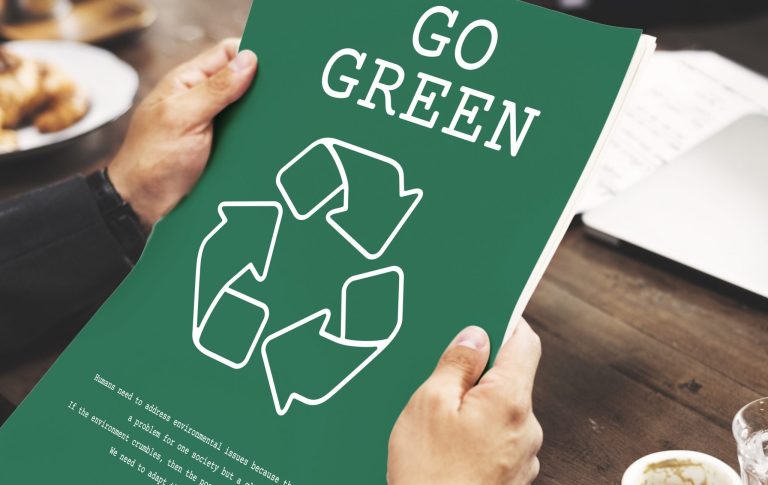
When it comes to outdoor cleaning—whether it’s removing mildew from siding, clearing oil stains off the driveway, or freshening up a commercial building—two options often stand out: manual scrubbing and power washing. Both get the job done, but each has its own environmental footprint.
The debate over which is greener isn’t as clear-cut as it may seem. Power washing uses more water and sometimes harsh chemicals, while manual cleaning often requires more effort and time—and might not always achieve the same results.
This article explores the environmental pros and cons of each method, helping homeowners, businesses, and municipalities make smarter, more sustainable cleaning choices. 🌿
🧼 Power Washing: Pros and Cons for the Planet
Power washing, or pressure washing, uses high-pressure water (and often detergents) to blast away dirt, grime, mold, and other buildup from surfaces.
✅ Environmental Benefits
- Efficiency Reduces Repeat Cleaning
A single power washing session can do the job of several rounds of manual scrubbing, reducing the need for repeat cleanings and further water use. - Electric Models Reduce Emissions
Modern electric pressure washers emit less noise and air pollution than older gas-powered units. Some even use recycled or reclaimed water. - Less Physical Waste
Manual cleaning sometimes involves disposable wipes, sponges, and other single-use products. Power washing doesn’t create this kind of trash.
❌ Environmental Drawbacks
- High Water Consumption 💧
Power washers can use anywhere from 2 to 4 gallons per minute, totaling hundreds of gallons per job if not managed wisely. - Chemical Runoff Risk
Many users rely on strong detergents, bleach, or degreasers—these can flow into storm drains and contaminate local water supplies if not properly contained. - Noise and Air Pollution (Gas Models)
Older, gas-powered pressure washers emit fumes and create significant noise pollution, which can disturb wildlife and local residents. - Soil and Plant Disruption
High-pressure water can erode soil, damage roots, or harm nearby plants if not used carefully. 🌱
🧽 Manual Cleaning: Pros and Cons for Sustainability
Manual cleaning involves scrubbing, wiping, or sweeping surfaces using elbow grease and household tools.
✅ Environmental Benefits
- Low Water Usage
A bucket or small hose often suffices for many tasks, making this method ideal in drought-prone regions or areas with water restrictions. - Minimal Runoff Pollution
It’s easier to control and contain any runoff from soaps or debris during manual cleaning, especially when working on smaller areas. - No Machinery or Fuel Use
Manual methods don’t involve engines or electronics, so there’s no carbon footprint from fuel or manufacturing. - Less Risk to Wildlife and Soil
No high-pressure water means less chance of damaging nearby ecosystems or harming beneficial insects and plants. 🐞
❌ Environmental Drawbacks
- Time and Effort Can Lead to Overuse
More time spent scrubbing might lead to repeated water rinses, increasing overall water use. It may also require harsher soaps to compensate for lower pressure. - Increased Physical Waste
Sponges, paper towels, wipes, and brushes eventually wear out—contributing to landfill waste unless compostable or recyclable. - Inconsistent Results
Manual cleaning may leave residues or streaks behind, prompting multiple rounds or the temptation to “upgrade” to harsher chemicals. - Not Scalable
Manual methods are impractical for large jobs like parking garages, public walkways, or commercial buildings—meaning contractors might skip it in favor of faster but less eco-friendly alternatives.
Browse Amazon Here For Eco-Friendly Pressure Washing Detergents
🔍 Comparing Environmental Trade-Offs
| Factor | Power Washing 🚿 | Manual Cleaning 🧽 |
|---|---|---|
| Water Use | High | Low |
| Energy/Fuel Use | Moderate to High | None |
| Chemical Runoff Risk | High (if unmanaged) | Low |
| Waste Generation | Low (reusable tools) | Moderate (disposable tools) |
| Ecosystem Impact | Medium to High (plants/soil) | Low |
| Time & Labor Required | Low | High |
| Scalability | Excellent | Limited |
💡 Choosing the Best Method for the Environment
Ultimately, the most eco-friendly approach depends on the type of job, your resources, and your willingness to mitigate impact.
✅ When to Choose Manual Cleaning:
- Small surfaces like patio furniture, window frames, or garden tools
- Areas near sensitive plants, pets, or water features
- Times when drought or water restrictions are in effect
- Surfaces with light dirt that don’t require chemicals
✅ When to Choose Power Washing:
- Large or heavily soiled surfaces (driveways, decks, siding)
- Jobs that require fast results or deep cleaning
- When eco-friendly equipment and runoff control are available
- Areas where water use isn’t heavily restricted
🌍 Eco-Conscious Hybrid Approach
For those who want the best of both worlds:
- Spot-clean manually, then power wash the rest
- Use low-pressure settings and cold water when possible
- Invest in biodegradable cleaners and runoff containment mats
- Clean in dry weather and away from storm drains
This approach balances the efficiency of power washing with the precision and control of manual methods—reducing overall environmental harm. ♻️🧠
🧠 Final Thoughts
There’s no one-size-fits-all answer when it comes to choosing between manual cleaning and power washing. But if you’re aiming to minimize your impact on the environment, thoughtful planning makes all the difference.
Whether you’re a homeowner, contractor, or business owner, the greenest choice is the one that balances results with responsibility. Clean with care, and our ecosystems will thank you. 🌎🧼✅
Browse Amazon Here For Eco-Friendly Pressure Washing Detergents






